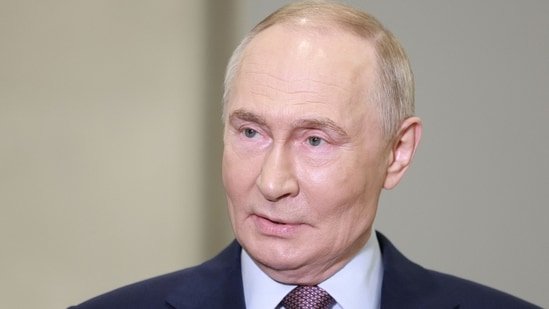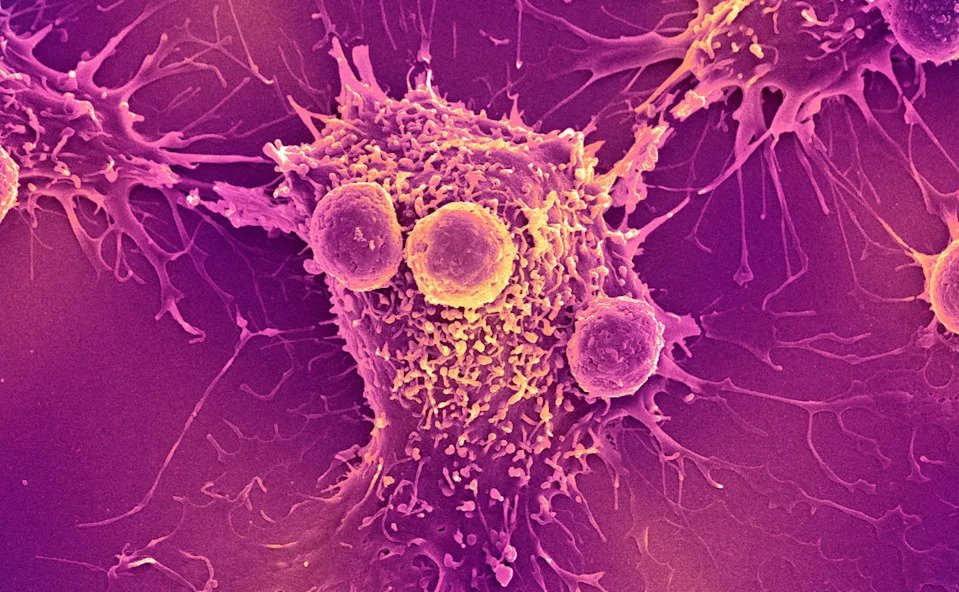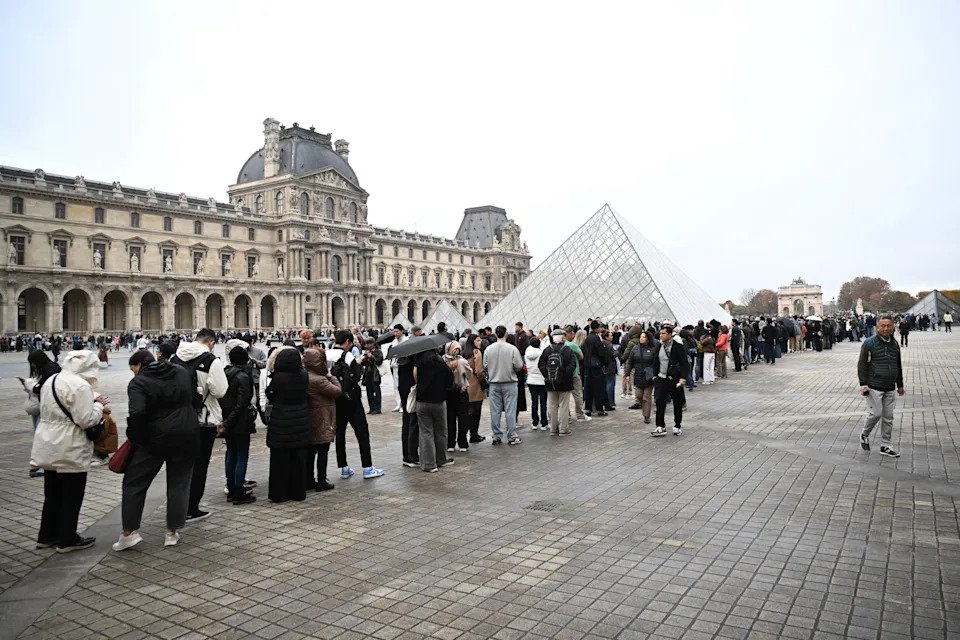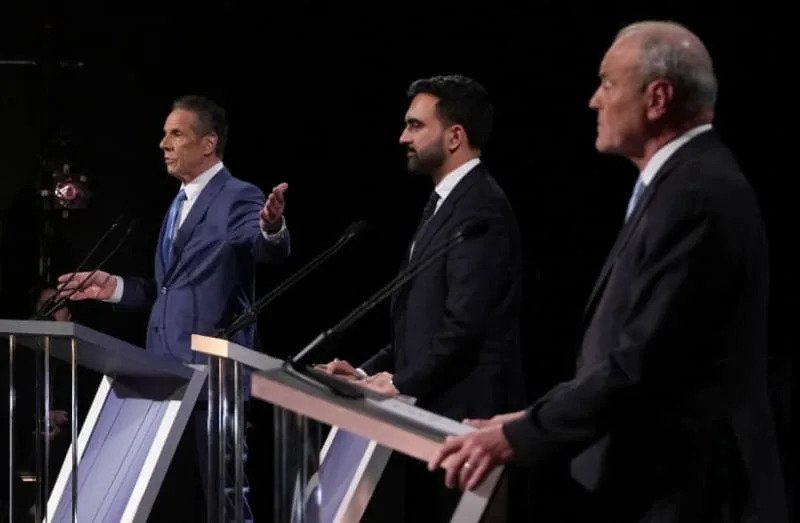
Donald Trump has always been a showman before he is a statesman — a man who understands that in the attention economy, outrage is power. Now, in his second term, he has found a new stage: artificial intelligence.According to a report in The New York Times, Trump has shared dozens of AI-generated images and videos on his Truth Social account — from bizarre scenes of him dressed as the pope or standing atop a mountain after “conquering Canada,” to more provocative ones depicting Barack Obama being arrested by FBI agents in the Oval Office.
Trump ‘Poop’ Video Triggers No Kings Firestorm In US Senate; Murray Explodes: ‘Are You Kidding Me?’
The Times analysis shows that this isn’t accidental or fringe behaviour; it’s a deliberate new form of political communication — a blend of spectacle, meme, and misinformation — that defines the Trump era’s next evolution.
The new propaganda
Trump’s use of AI imagery began as crude memes during his 2024 presidential campaign, when generative tools were first becoming mainstream. In those early days, the images were cartoonish: distorted faces, clumsy backgrounds, and obvious fakery. But by 2025, as AI models became more realistic and accessible, the content grew sharper — and far more persuasive.
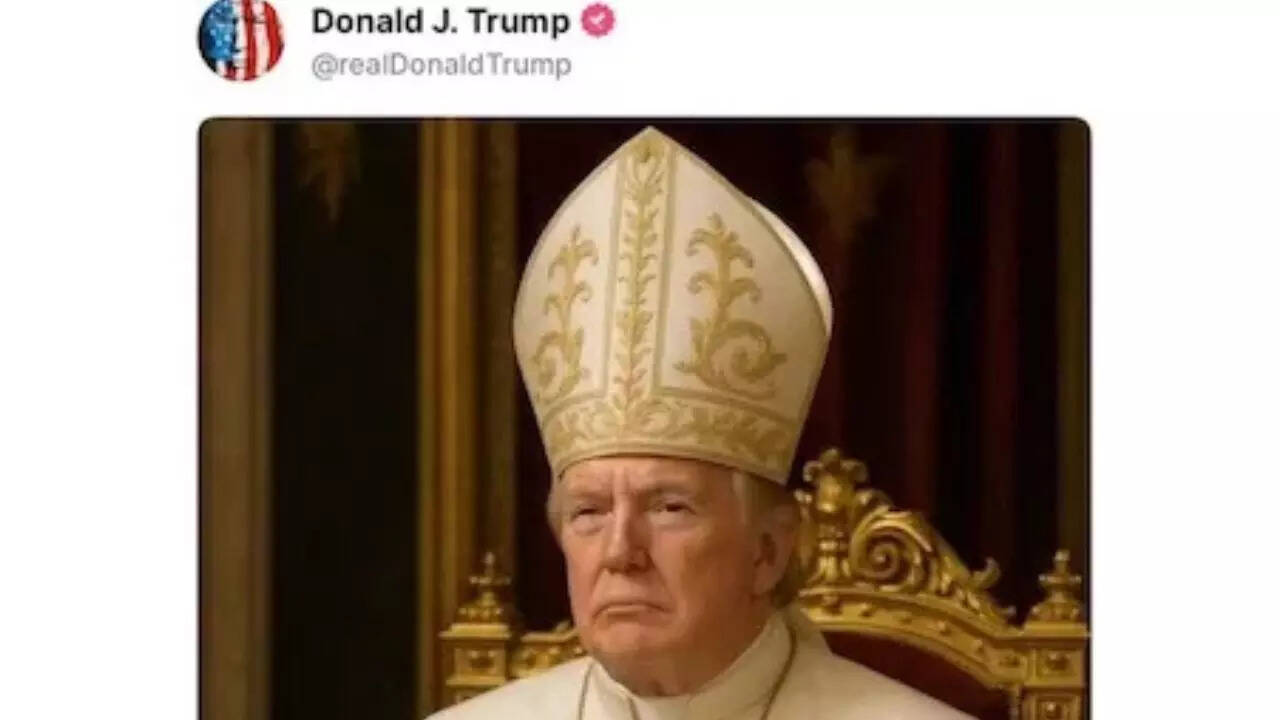
Many of Trump’s posts are both absurd and symbolic. One AI-generated video showed him flying a fighter jet and dumping excrement on protesters. Another displayed him conducting an orchestra after he jokingly “appointed” himself head of the Kennedy Center for the Performing Arts.According to The New York Times, the imagery tends to fall into recurring categories:Self-flattery — depicting Trump as heroic, divine, or superhuman.Mockery of opponents — often caricaturing rivals such as Barack Obama, Kamala Harris, and Hakeem Jeffries.Propaganda — contrasting an idealised “Future Under Trump” with chaotic AI-rendered dystopias representing the opposition.Political communication experts told The Times that the content’s very absurdity is its strength. “It’s designed to go viral, it’s clearly fake, it’s got this absurdist kind of tone to it,” said Henry Ajder, who runs an AI consultancy. “But there’s often still some kind of messaging in there.”
Why it matters
The United States has long grappled with the effects of misinformation, but Trump’s adoption of AI pushes the phenomenon into a new dimension. For the first time, the president himself is amplifying synthetic media as part of his official messaging strategy.AI doesn’t merely distort reality — it replaces it. Trump’s videos and images often reach millions of followers within hours, blurring the boundary between parody and propaganda. While the content may be “obviously fake” to some, its repetition normalises falsehood as political theatre.

As The Times report notes, even the most tongue-in-cheek images help desensitise the public to digital manipulation. The White House has defended the practice. “No leader has used social media to communicate directly with the American people more creatively and effectively than President Trump,” said Liz Huston, the White House’s assistant press secretary, in a written statement.That official endorsement effectively transforms AI-generated content from fringe experimentation into state-sanctioned communication.
From memes to deepfakes
Trump’s AI evolution mirrors the rapid advancement of the technology itself. What began as still images generated with simple text prompts has evolved into hyper-realistic videos and even AI-cloned audio.One viral example involved actor Robert De Niro: someone digitally altered his lip movements to sync with a fabricated audio track mimicking his voice. Trump gleefully shared the video. Other creations have used multiple tools — combining image generators, lip-sync software, and voice synthesis — to produce seamless, Hollywood-level illusions.
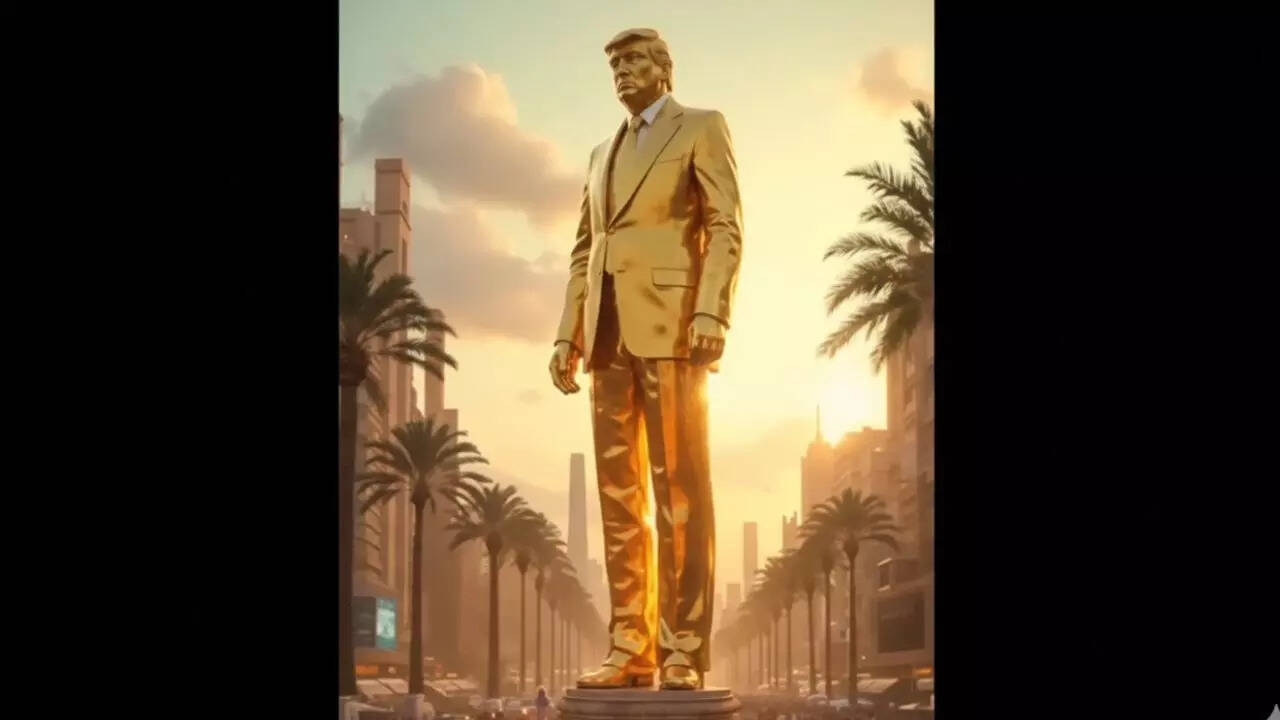
The posts are rarely random. They serve distinct rhetorical functions: mocking media narratives, reinforcing his image as a rebel outsider, or energising his base with humorous defiance.Adrian Shahbaz, vice-president for research and analysis at Freedom House, told The Times that the mechanics of virality make AI propaganda especially potent. “The more ridiculous the photo or video, the more likely it is to dominate our news feeds,” he said. “A controversial post gets shared by people who enjoyed it and people outraged by it. That’s twice the shares.”
Normalising the unreal
Trump’s reliance on AI tools began in earnest after a backlash during his 2024 campaign. Following his claim — without evidence — that Haitian immigrants in Michigan were eating cats and dogs, he faced widespread criticism. His counterpunch came in meme form: AI-generated images of Trump cuddling cats, ducks, and dogs under the slogan “Cats for Trump.”The point wasn’t to rebut criticism; it was to drown it in absurdity. By turning the controversy into a joke, Trump reframed scandal as spectacle — a tactic that has defined his political survival for nearly a decade.Experts argue that such content “redefines — or in some cases discards — the idea of being presidential.” The imagery’s mix of humour and fantasy softens authoritarian messaging under the guise of playfulness. A Trump as pope or superhero doesn’t merely entertain; it reinforces his mythos as both saviour and strongman.
Weaponised entertainment
The most striking aspect of Trump’s AI use is its tone. Unlike traditional propaganda, which seeks to appear credible, Trump’s content leans into obvious fabrication. The entertainment value makes it shareable, while irony shields it from accountability.For instance, when the government shut down over a budget fight earlier this month, Trump’s allies circulated an AI video depicting his budget director as the Grim Reaper. The clip was produced by a pro-Trump digital collective led by podcaster Brenden Dilley. Dilley once wrote on X (formerly Twitter): “The truth no longer matters, all you have to do is go viral.”That statement, quoted by The New York Times, perfectly captures the Trumpian logic of AI politics: virality is virtue, and disbelief is part of the joke.
The broader implications
The political use of AI imagery isn’t unique to Trump, but his presidency has given it unprecedented legitimacy. What was once fringe propaganda has become a form of executive communication.Researchers worry that Trump’s behaviour may inspire imitators worldwide. “Even anodyne uses of AI by a sitting president normalise the tools for political messaging,” said Ajder. The danger lies not in any single fake, but in the erosion of trust itself.As generative AI continues to improve, the boundary between satire and deception will grow thinner. The next viral image of a foreign leader signing a peace treaty or an enemy nation launching an attack might not be real — but it could shape public perception before the truth catches up.
The bottom line
According to The New York Times, Donald Trump has redefined political propaganda for the AI era. His posts, whether humorous or hostile, serve the same goal: to dominate attention and control the narrative.For supporters, they reflect creativity and populist authenticity; for critics, they represent a dangerous collapse of truth in democratic discourse. But both sides agree on one thing — the age of AI politics has arrived, and Trump is its most enthusiastic pioneer.Artificial intelligence has become more than a campaign tool. It is the medium through which the president performs power itself — a fusion of entertainment, ideology, and algorithm that ensures he remains the most visible man on the planet.

